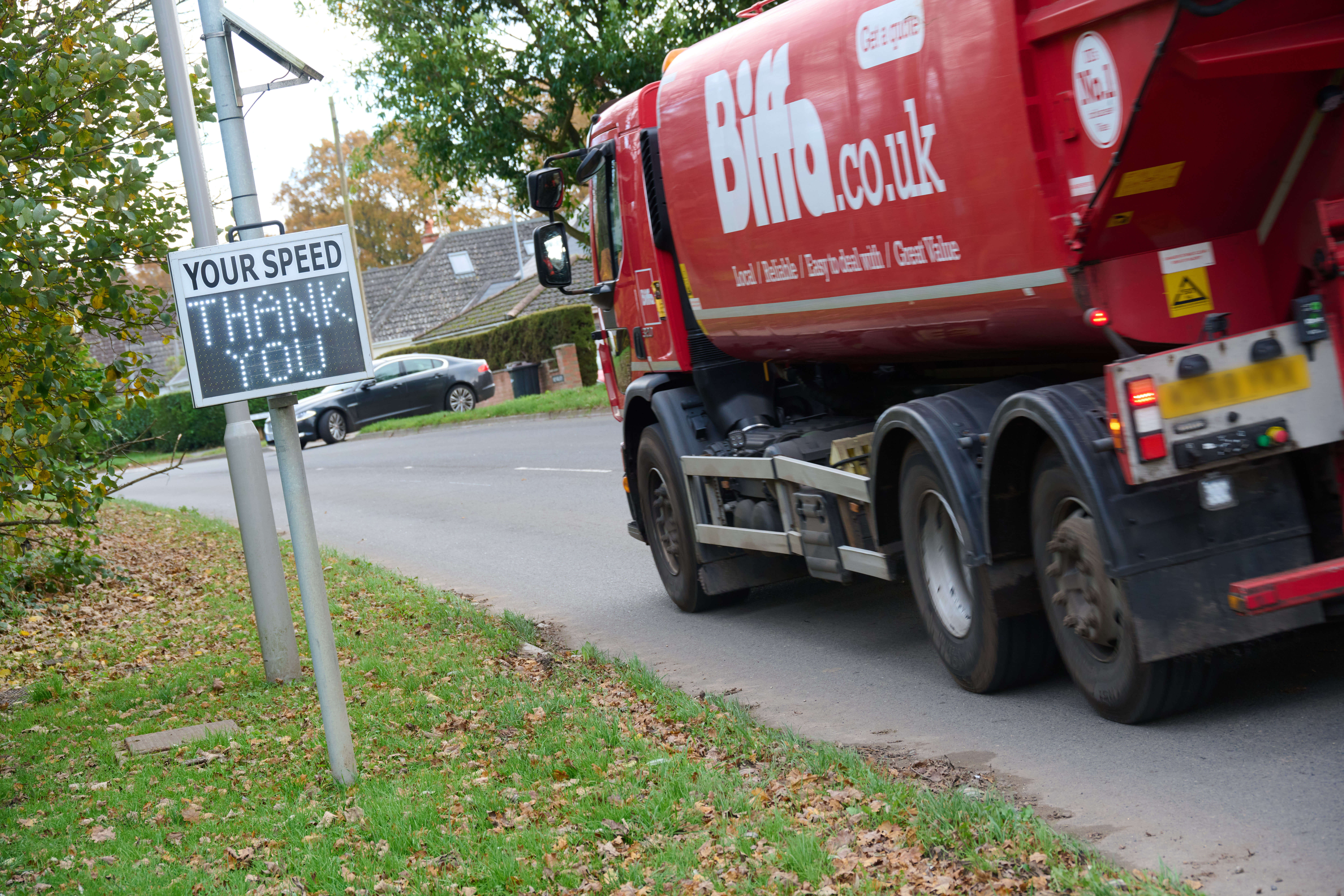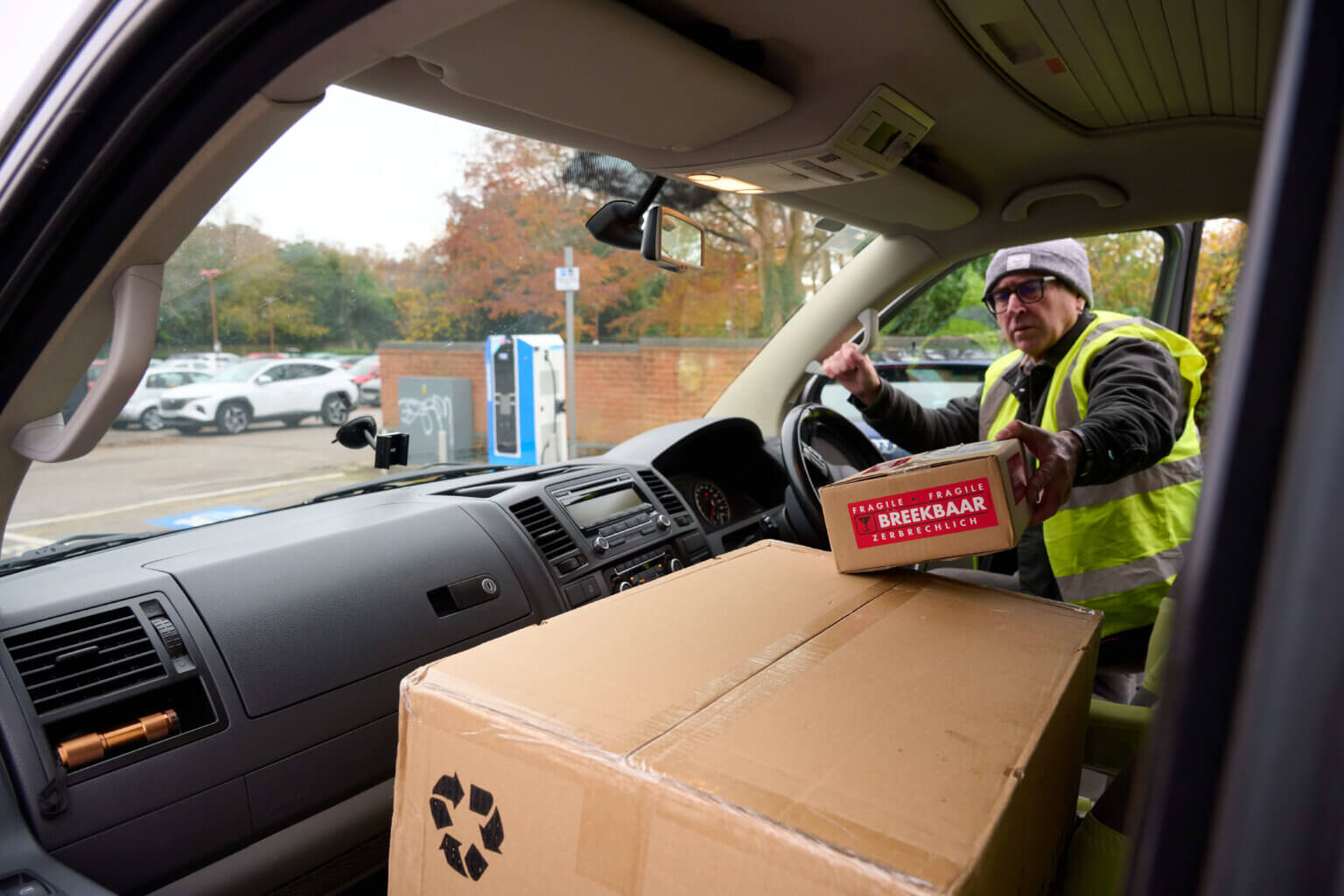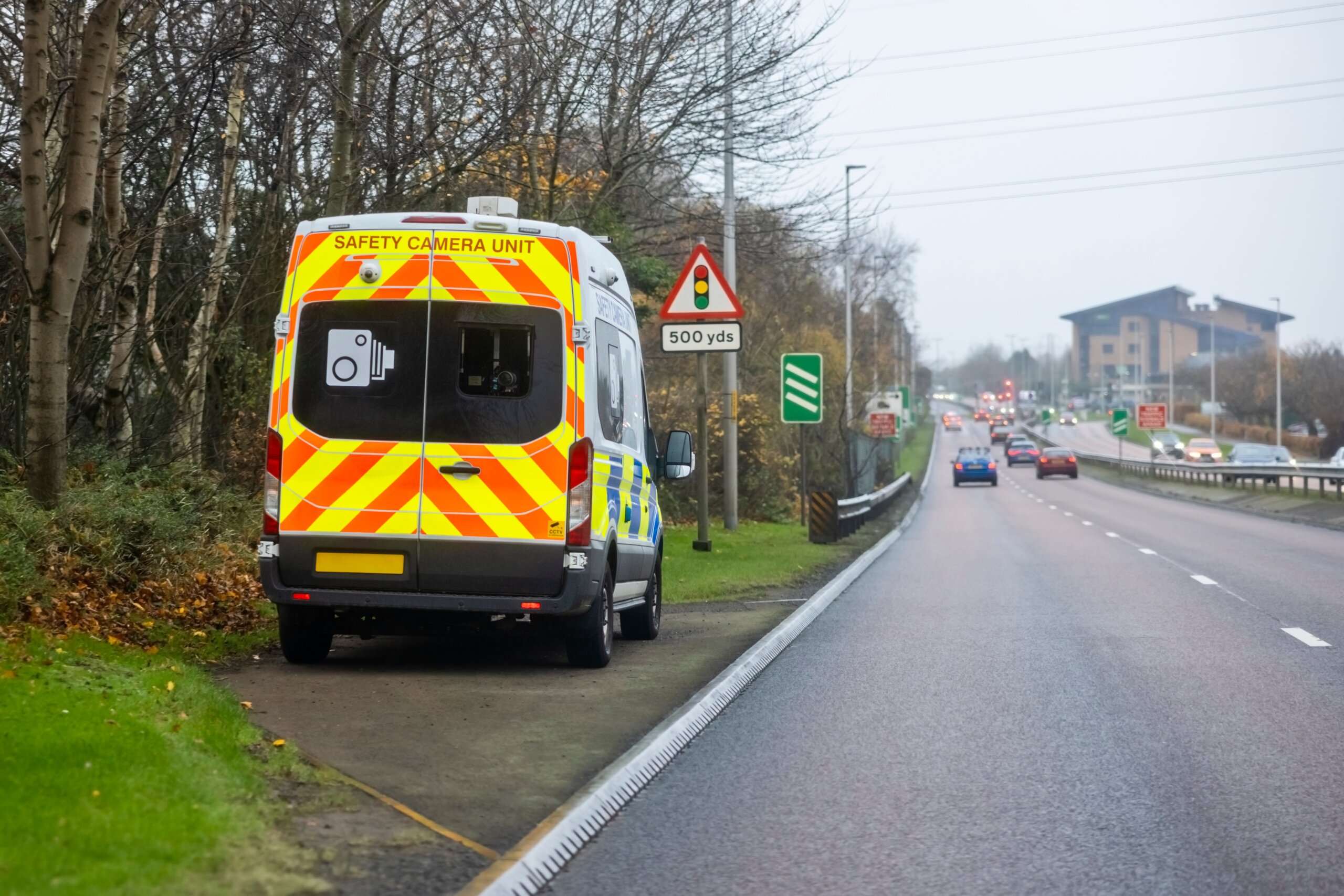Minimise the risk of employees driving without insurance, MOT or tax
Making sure grey fleet drivers are compliant with the law is a headache for employers because it’s not just the driver you need to check; it’s their vehicle too.
With TTC’s powerful online platform Continuum, it’s easy to maintain your duty of care.
Continuum automatically checks vehicles are roadworthy, insured for business use and taxed as well as making sure the driver is legally licensed and entitled to drive it. It can manage your Driver CPC training records too.
Continuum’s in-built tools help drivers share documents securely. Then, clever AI scrapes, assesses and records key data, sending you and your drivers timely expiry reminders and alerts if something critical falls due.
There’s no need to waste time chasing, filing and documenting. Once you input the driver details, Continuum makes contact and gets the ball rolling. You can view the status of your entire fleet, an individual or vehicle, plus other core compliance, risk and learning information 24/7 on your intuitive dashboard.
For drivers, Continuum makes it easy to understand and act on their obligations. They can view their own status anytime with the peace of mind they’ll be reminded in good time when documents need renewing.
Combine the service with your company driver policy through our Permit to Drive service, and automatically grant or revoke driver permission if required documents are not uploaded or renewed.
Key features

Avoid penalties and evidence your ‘duty of care’.
Ensure vehicles have valid RFL, MOT and business insurance with fast, accurate checks and auto rechecks.

Save time on admin and chasing.
Use market-leading AI and automation with end-to-end reporting and manual document checks, filing and reminders.

Don’t fall foul of data protection.
Gather, verify and maintain accurate document records in a GDPR compliant environment. Continuum is accredited to ISO27001.

Never get caught out by a non-compliant driver.
Stay in control of your driver pool 24/7 with dynamic monitoring, intuitive dashboard reports and alerts.

Improve ESG on vehicle emissions.
Incentivise drivers of older cars with a more strategic reimbursement policy based on insight from CO2 emissions data in MOTs.
Get in touch
Tell us about your driver management requirements. We are here to help, let us check your drivers and vehicles are compliant.

Enquiry form
Your grey fleet risk questions answered
Which organisations should use TTC’s driver licence check service?
All organisations employing staff who drive their own private vehicle or company car allowance (cash option) on business. Work-related journeys include travelling to attend meetings and running errands such as visiting the local cash and carry.
What is the law around driver licence checks?
Under section 87(2) of the Road Traffic Act an employer is liable if they encourage or permit an employee to drive a vehicle of any class without the correct licence. Further liabilities exist for defective vehicles, lack of MOT, lack of business insurance.
In addition, under the Health and Safety at Work Act 1974, all employers have a ‘duty of care’ towards their employees at work as well as other people who may be affected by their business activities. In the case of driving, this potentially includes all road users.
How does TTC’s grey fleet service help employers fulfil their legal requirements?
Once a driver’s vehicle details and documentation is uploaded and approved it is constantly tracked against expiry dates with reminders for automatic renewals. All data, including vehicle checks, damage reports, repairs and driver licence checks, where entered, are stored permanently for dynamic reporting and auditing 24/7, providing proof your organisation meets your compliance and “duty of care” requirements.
What does the grey fleet checking process involve?
You provide us with basic driver data – such as name, birth date and email address – and we’ll send all your drivers an email link asking them for key vehicle details and to upload mandatory documents.
We verify the insurance, MOT and tax for you using artificial intelligence to optimise the speed and efficiency of the process. All the details and relevant dates are added to the records on the Continuum platform, including any issues that need escalating. These are then automatically and proactively tracked until resolution, with alerts to both drivers and managers as required.
How does TTC’s grey fleet compliance service save my business money?
Our grey fleet compliance service reduces your administration burden by giving drivers the ability to upload and validate their vehicle details digitally and then automatically tracking expiry dates, sending alerts and reminders to upload renewal documents.
Trusted by:






The Northern Lighthouse Board


Saving time for Biffa

Latest Driver Risk Management Resources

How a fleet and driver risk management programme delivers tangible business benefits
Latest driver news
-

Driver risk management the business benefits
This report will also help anyone involved in running a fleet, to understand the driver,…
-

TTC awarded an industry-first 10-year contract with South West police
Trusted relationship secures tenure to deliver in-person and online driver rehabilitation courses to keep road…
-

New appointments and a reshuffle at the top pave the way for strategic growth at TTC
In the latest step of its strategic development plan, the TTC Group has appointed David…








